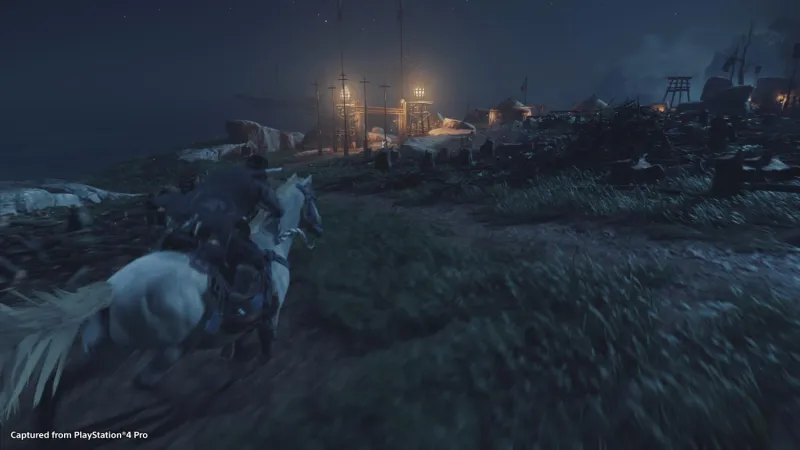

Our extra-large special edition is here. Subscribe today and receive the 25% longer issue at no extra cost!

Sucker Punch's recent 18-minute presentation on Ghost of Tsushima revealed a lot, particularly aspects of the game's combat and environment. The footage also gave rise to questions about Jin's defense of the island of Tsushima against Mongol invaders.
We talked to director Nate Fox, diving into more facets of the game, from Jin's progression as a warrior to some of its secrets.

Honor is a big part of the samurai trope, but principle alone isn't going to defend the island. During the presentation, Fox referred to Jin's stealth combat moves as "dishonorable," consisting of "dirty tricks." However, deception and stealth assassinations are not forbidden, but additional tools the player can use as they see fit, depending on how they want to approach a situation.
"Our hero is a samurai brought up in the code of the samurai, trained to fight enemies by looking at them straight on," Fox says. "And then the Mongols invade, and all of his fellow samurai, most of them, all get wiped out. Now he's finding himself radically outnumbered by the enemy, and the people that he loves are all threatened. So we have to let go of some of the things that he was trained to do throughout his entire life, in order to figure out new ways to fight back."
As the game progresses and Jin's legendary status increases through the completion of mission objectives, layering on more stealthy attacks (from dagger throws to smoke bombs and well beyond) to his already honed sword skills, which also continue to grow. How you build out Jin's skill tree and utilize his combat skills is entirely up to you, and the tree also unlocks non-combat aspects such as being able to use a grappling hook to aid traversal. Furthermore, some combat skills can be learned and adapted from enemies themselves, and charms and different armor pieces also contribute to his prowess by providing stat bumps.
One of the combat techniques Jin can use is the standoff command. This is pure samurai style, skill, and bravado. You stride up to your enemies, intimidating them before you even draw your sword. Standoffs are about precise, minimal movements, and the gameplay and controls around standoffs are different than normal swordplay. As effective, fun, and dramatic as these can be – enabling you to take out multiple enemies in a single flurry – Sucker Punch doesn't want them to be overpowered. Once regular melee starts, standoffs can't be initiated.
In general, the enemy A.I. attempts to coordinate its attacks, utilizing not only their numeric advantage, but their technological one as well – including gunpowder. "If you think that you can roll up and sword fight an entire camp," Fox says, "you will die."
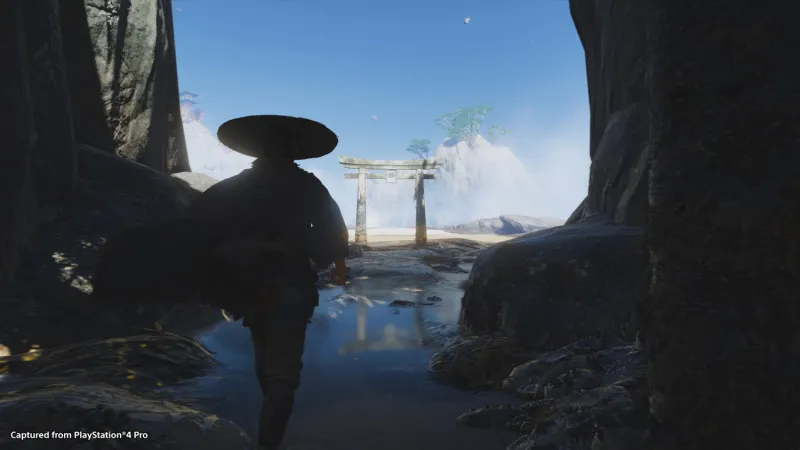
Jin's quest to rid the island of invaders naturally takes him far and wide (Fox notes that if you can see a location you can go to it), and exploration is just as big a part of the game as putting Mongols to the sword.
Apart from some areas gated off for story reasons, Tsushima is open for investigation. This can reveal side quests and resources, and like other accomplished open-world titles, Jin can engage in random encounters to further flesh out the experience. The game runs on a dynamic day, night, and weather system, and animals and encounters follow their own routines so they aren't locked into a time and place, giving a natural flow to events.
"Along the way," Fox says, "particularly as you go out there and explore Tsushima, you're going to meet all of these different people who are struggling to survive in this wartime environment. And all of those stories bring the invasion to life..."
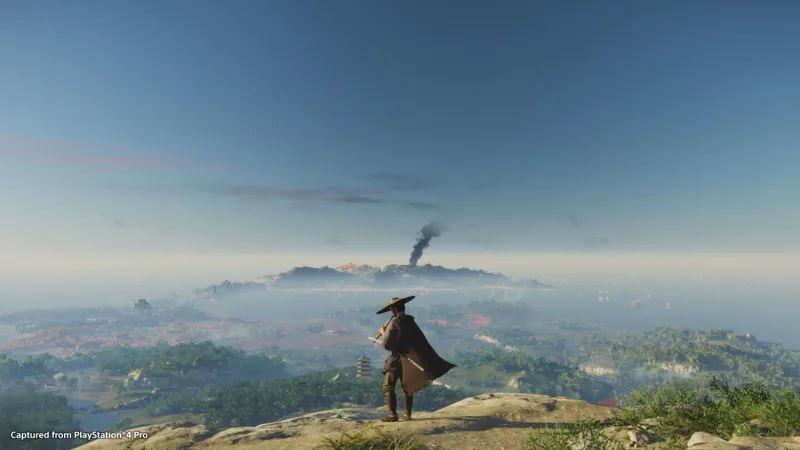
Discovery is a key part of Ghost of Tsushima, and accordingly, there were things that Fox wouldn't tell us, preferring to leave them as surprises. In the distance, during the presentation, we noticed a harbor with some boats docked and floating in a bay and one mission tasks Jin with destroying a Mongol vessel. Fox wouldn't reveal, however, if we ever get to take control of a ship during our adventure, so hopefully that's an indirect way of saying yes.
As far as combat goes, more secrets remain, such as a particularly tantalizing stealth combat action prompt called "slaughter." This option (as well as the ability to perform chain assassinations) appeared when Jin sneaks up on some unaware enemies in a camp. Kills add to a meter at the bottom-left of the screen, seemingly culminating in an action performed by hitting L1 and R1 simultaneously. Whatever this unleashes, Fox would only say, "There are moves that the hero can do that are really pretty neat that you find by exploring the world of Tsushima."
Finally, in one of the presentation's many bucolic moments, Jin peacefully plays a flute. Does this lead to something else, or is it simply for player enjoyment? Fox told us that it has a "specific role" in the game.
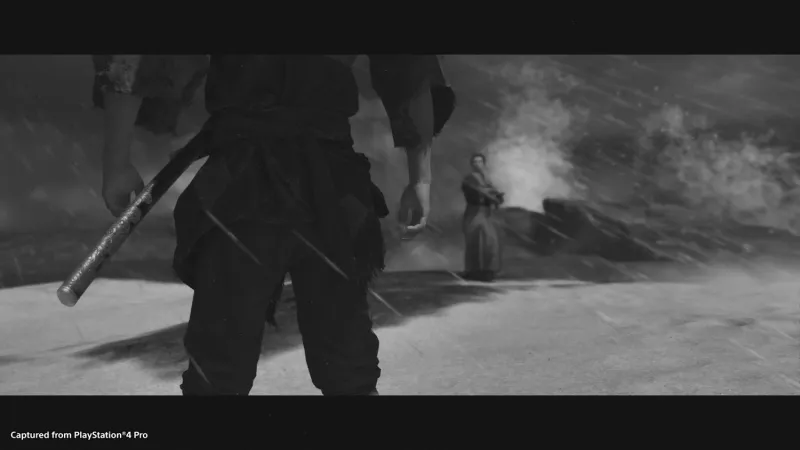
The story of Ghost of Tsushima is based on real events, but not bound by them – the defense of the island in 1274 was a failure. Still, the game is centered on the island and Jin's actions as a samurai, rather than supernatural stakes. You won't fight monsters or dragons, for instance.
Instead, the game leans into our perception of samurai through movies and pop culture, using the films of Akira Kurosawa such as Seven Samurai and Yojimbo and comics, as inspiration.
The visual tenets of samurai battles and their fighting skills come together throughout the game, and none more striking than in so-called boss battles when two legendary swordsmen come together. The action is dramatically prefaced through cinematic, letterbox framing, and the combat requires knowledge of your adversary's tactics so you can effectively chain together the right attacks.
The game might also inform our vision of samurai through the characters Jin meets along his journey. Although Fox didn't elaborate on this point, the Jin we've seen so far easily conjures the vision of legendary actor Toshiro Mifune as a master-less samurai in a classic Akira Kurosawa film. Kurosawa's Seven Samurai, among other things, brings up the theme of class differences between samurai and peasants, and Yojimbo presents Mifune as the wily, enigmatic samurai as he expertly plays two rival gangs off against each other to help a town.
It'll be interesting to see how Jin interacts with those around him and if any side missions, for instance, tell us more about Jin as a person apart from his combat prowess.
Perhaps Jin as a character and a warrior could be contrasted by gamers controlling another person altogether, but when asked about this possibility, Fox only said, "I can't tell you that, because I might ruin the experience for you."
For more on Ghost of Tsushima (out on PS4 on July 17), look at our recent video podcast regarding the game, as well as more info we've learned so far.

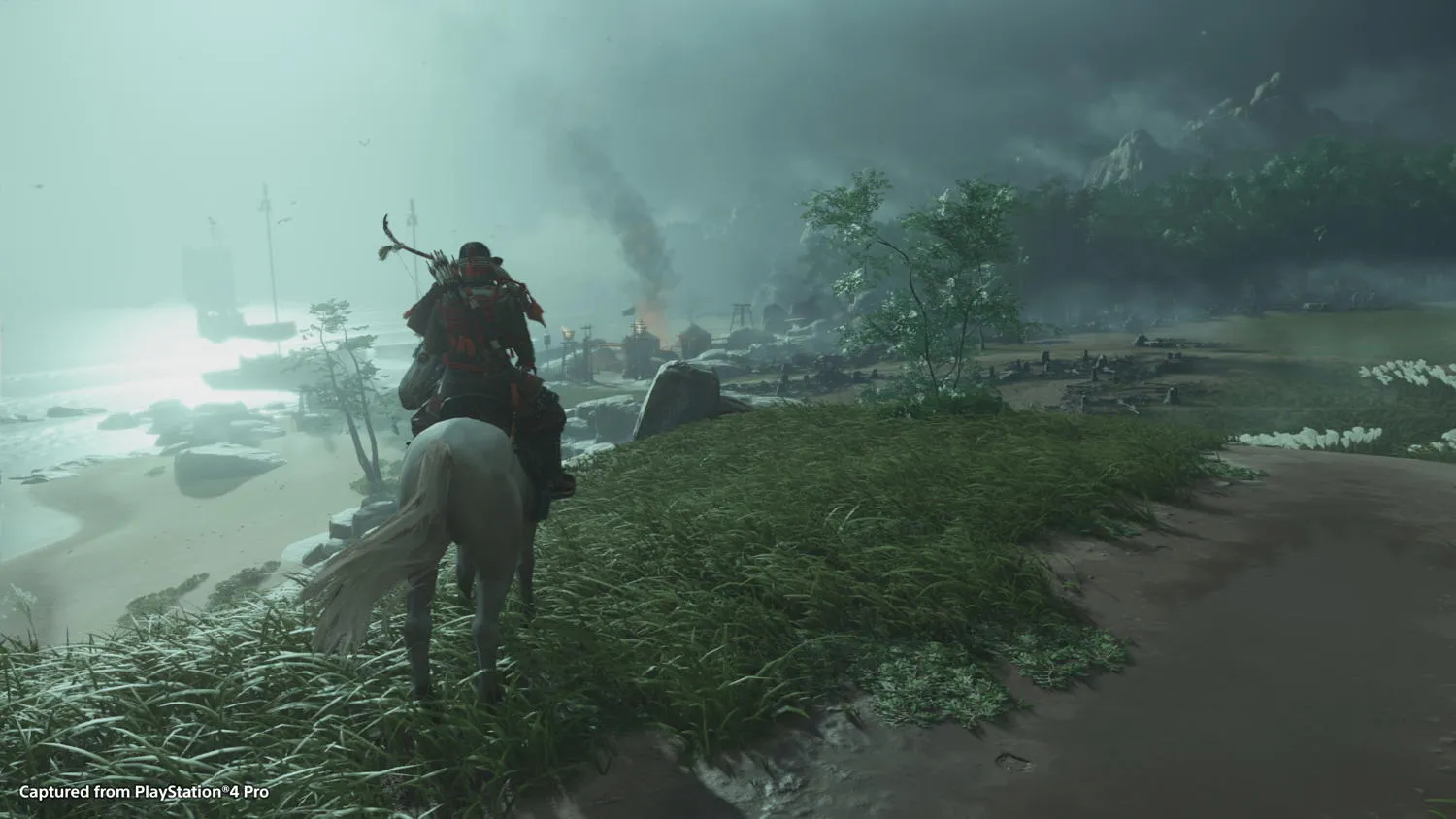
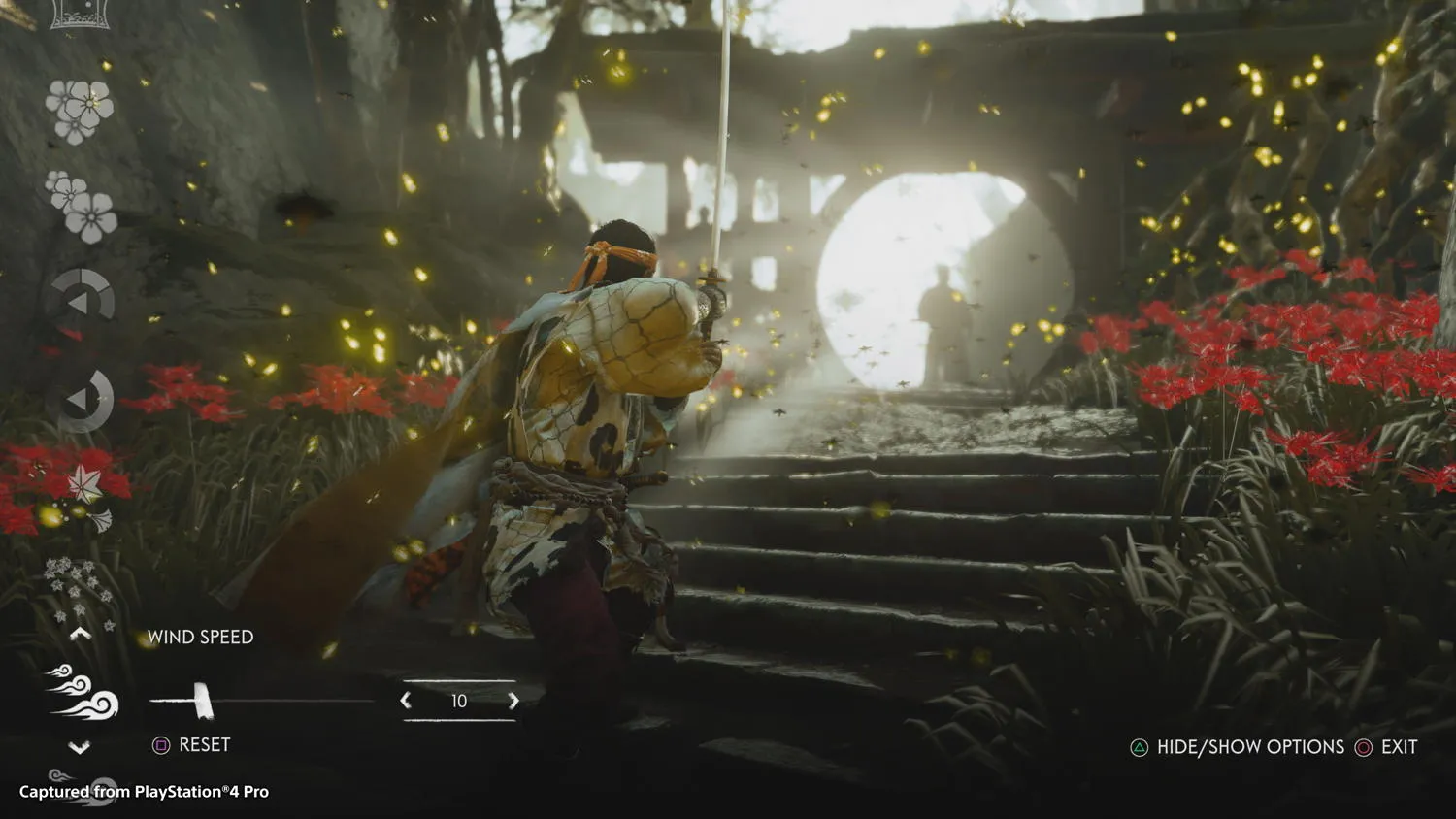

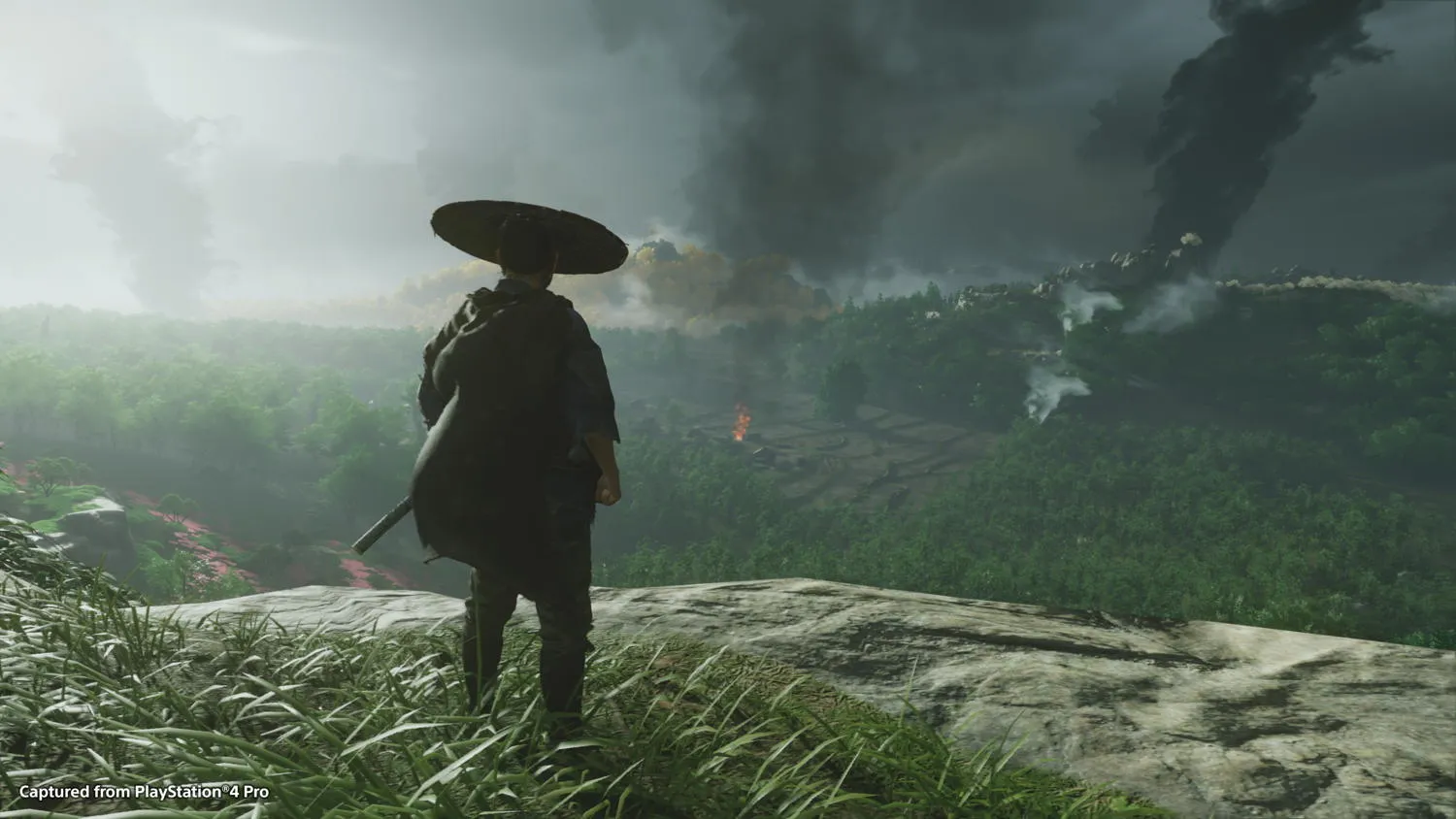
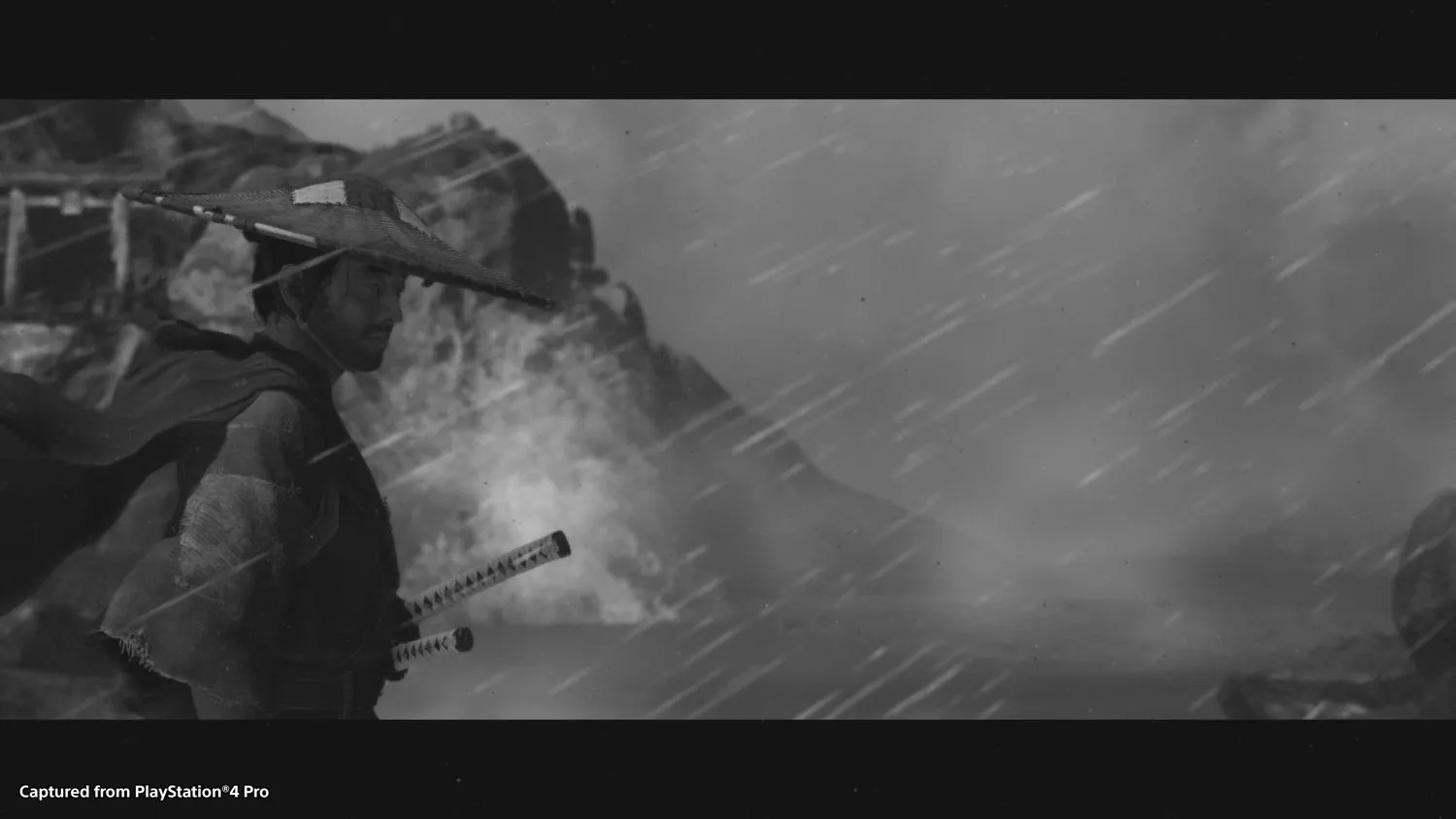
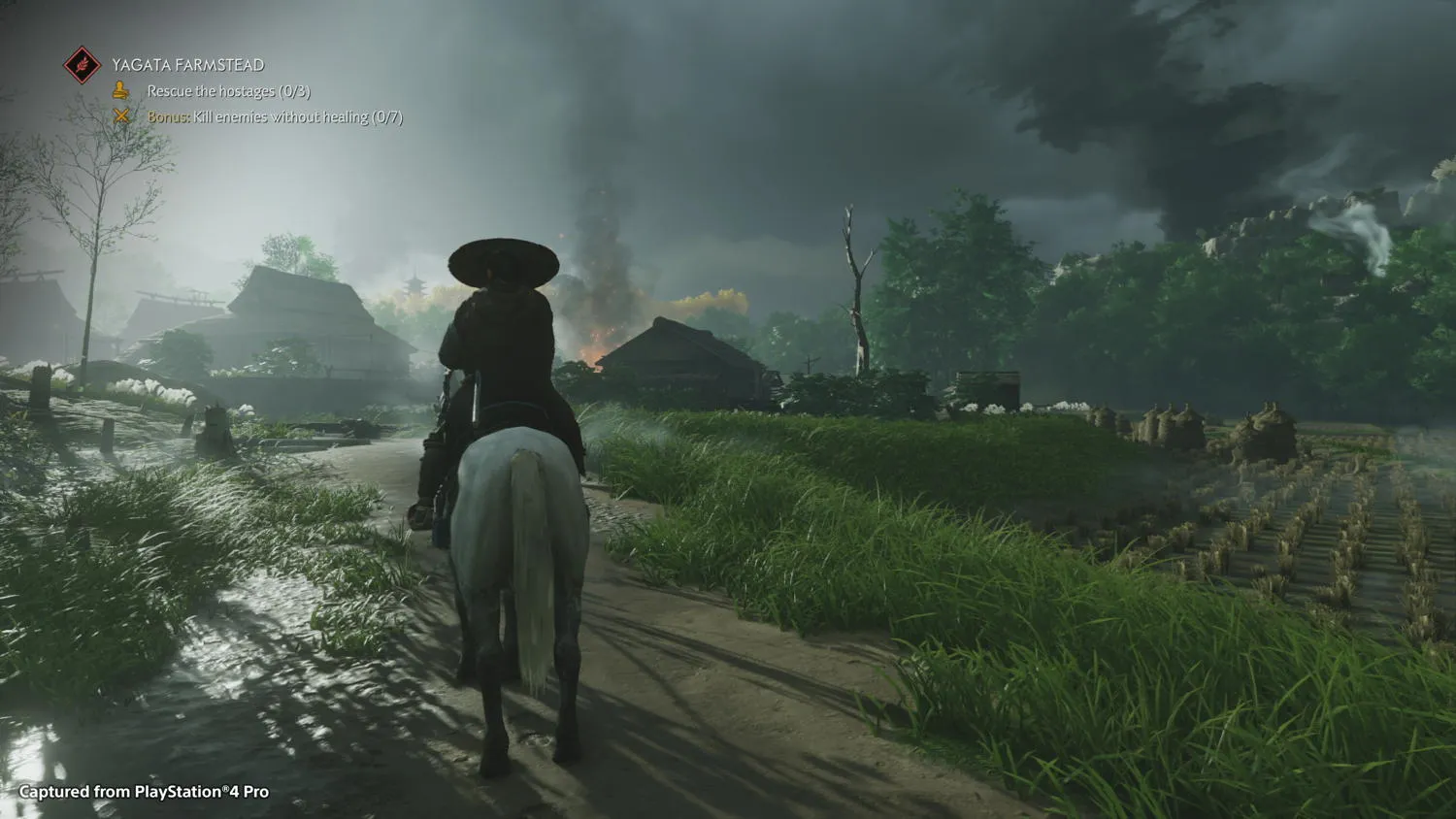
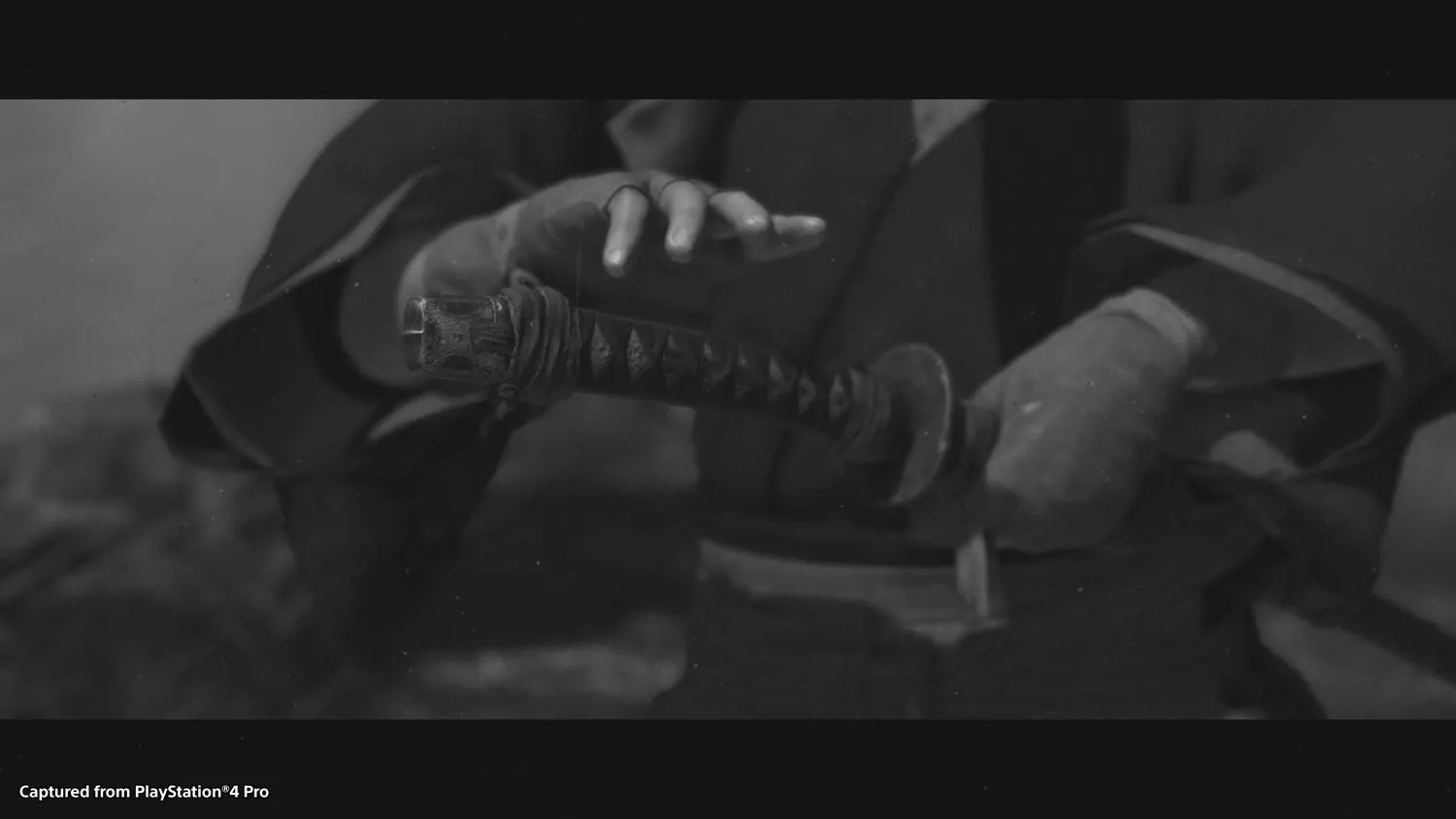
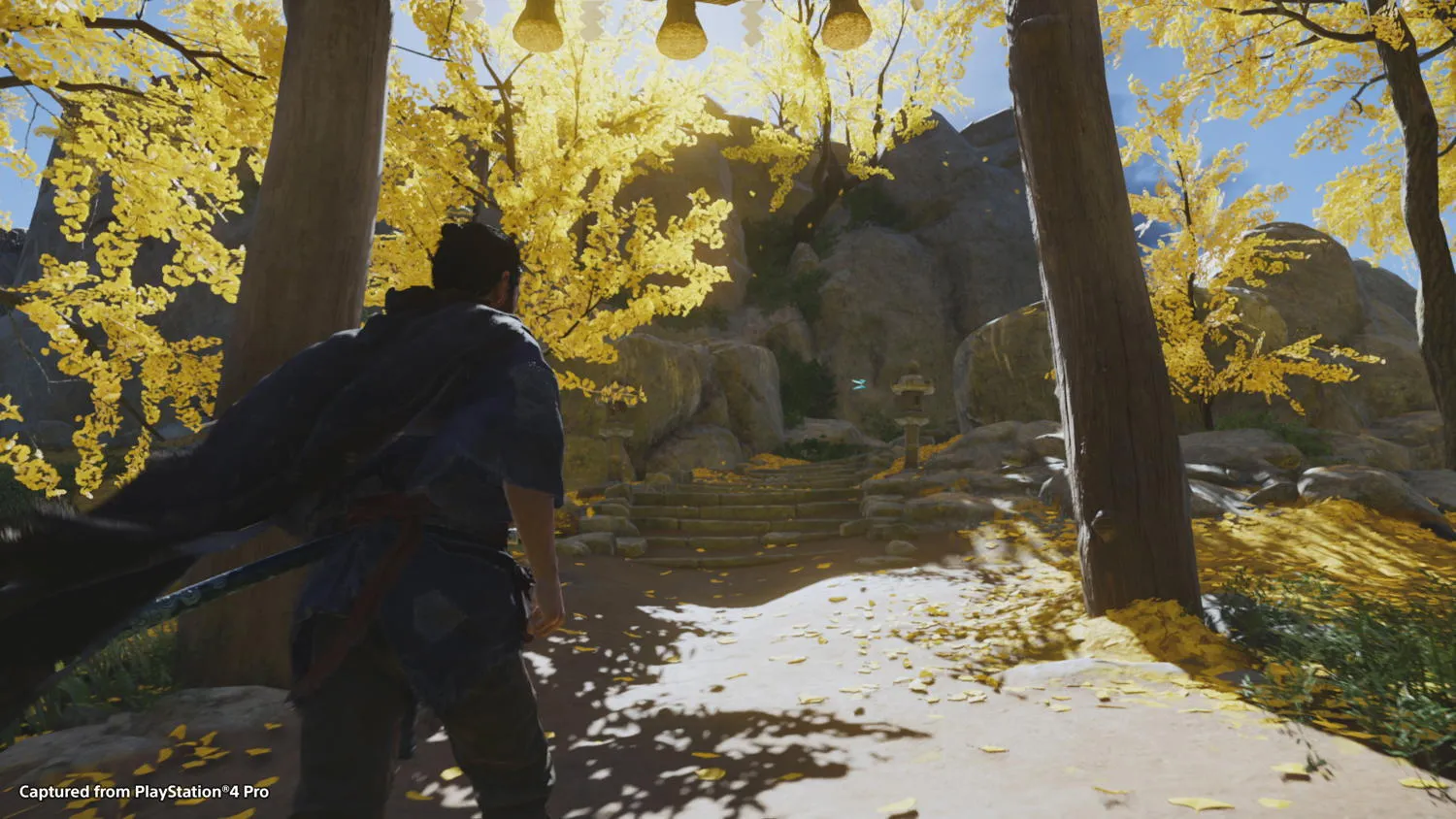
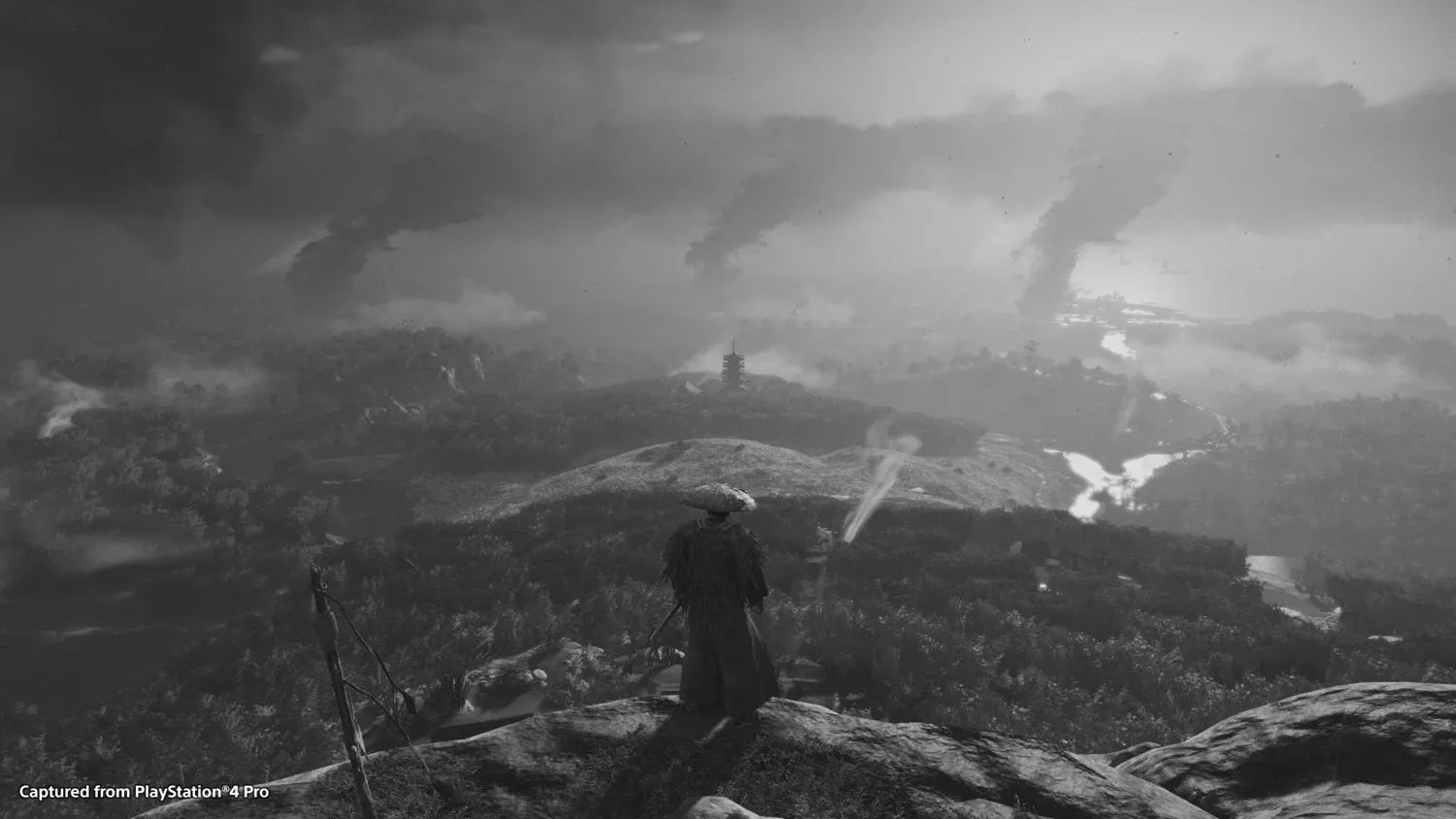
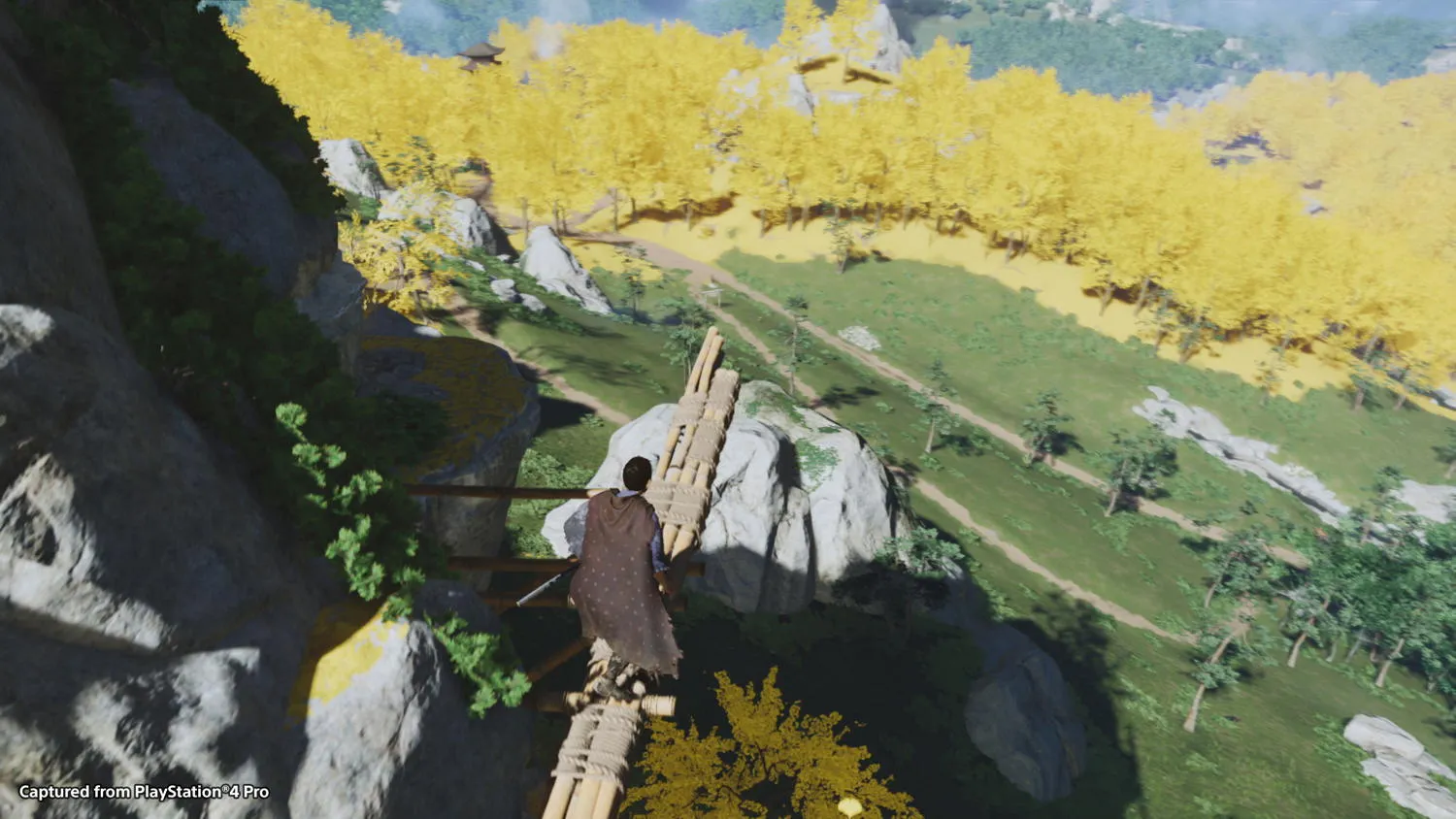

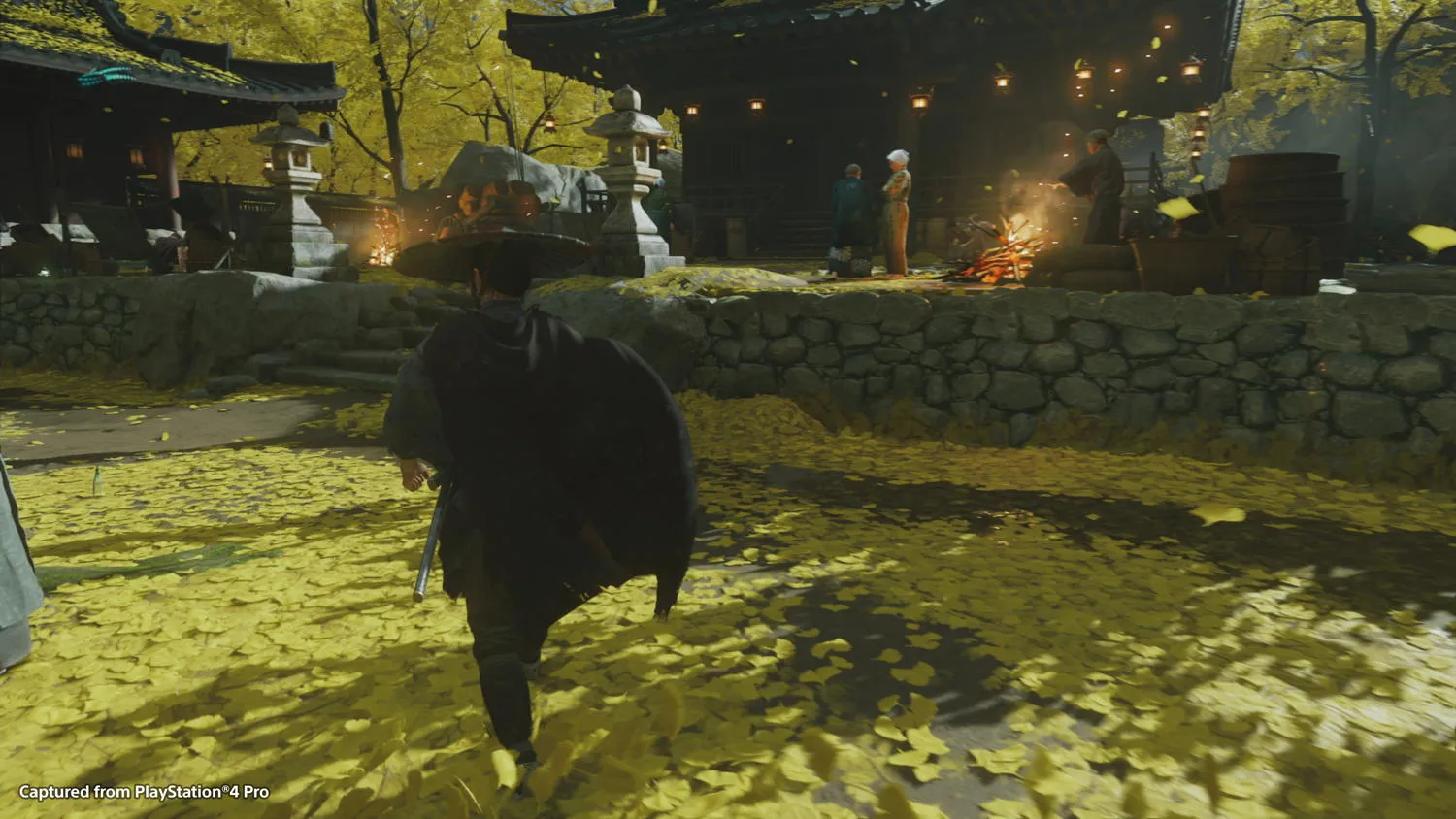
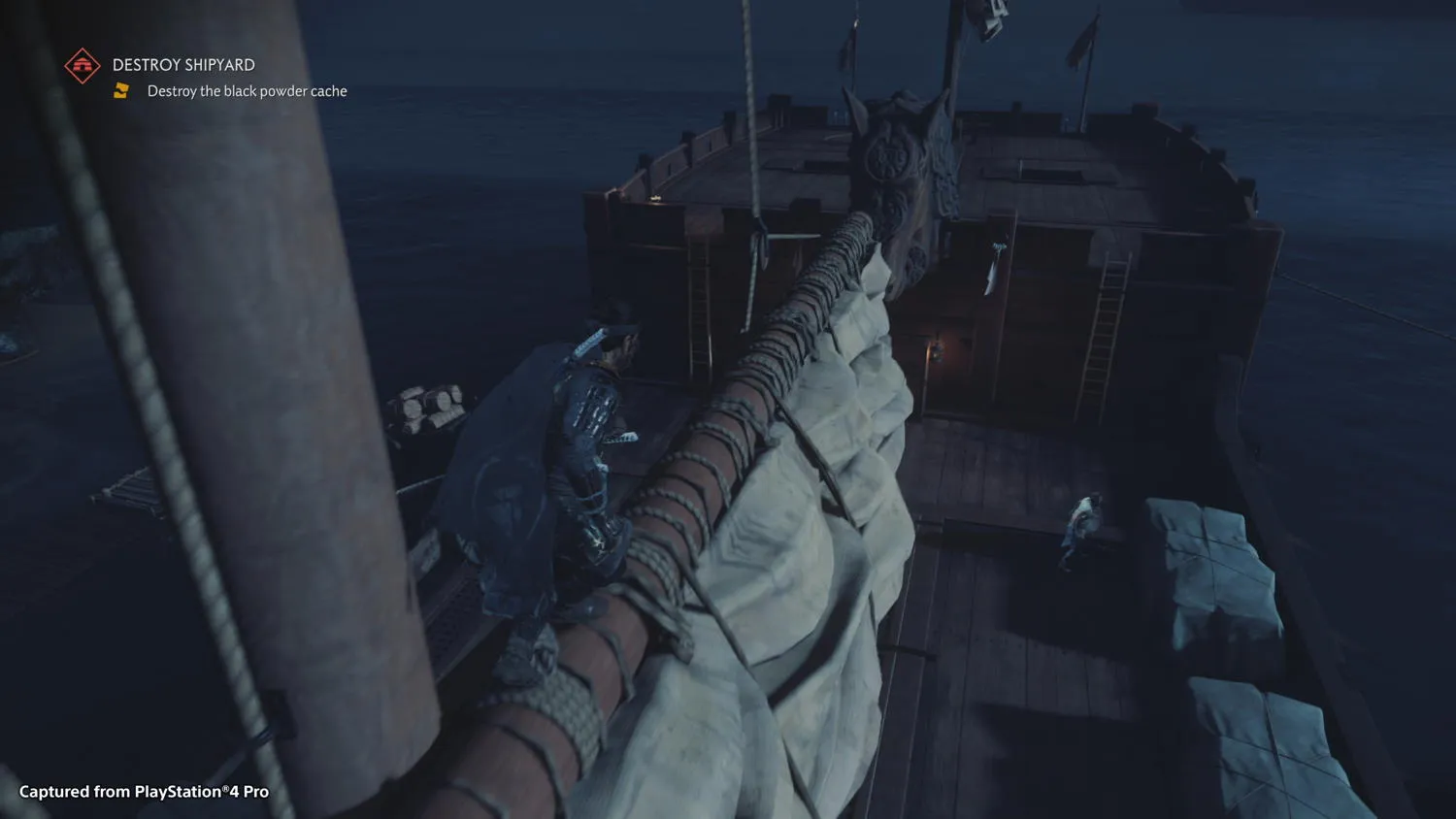
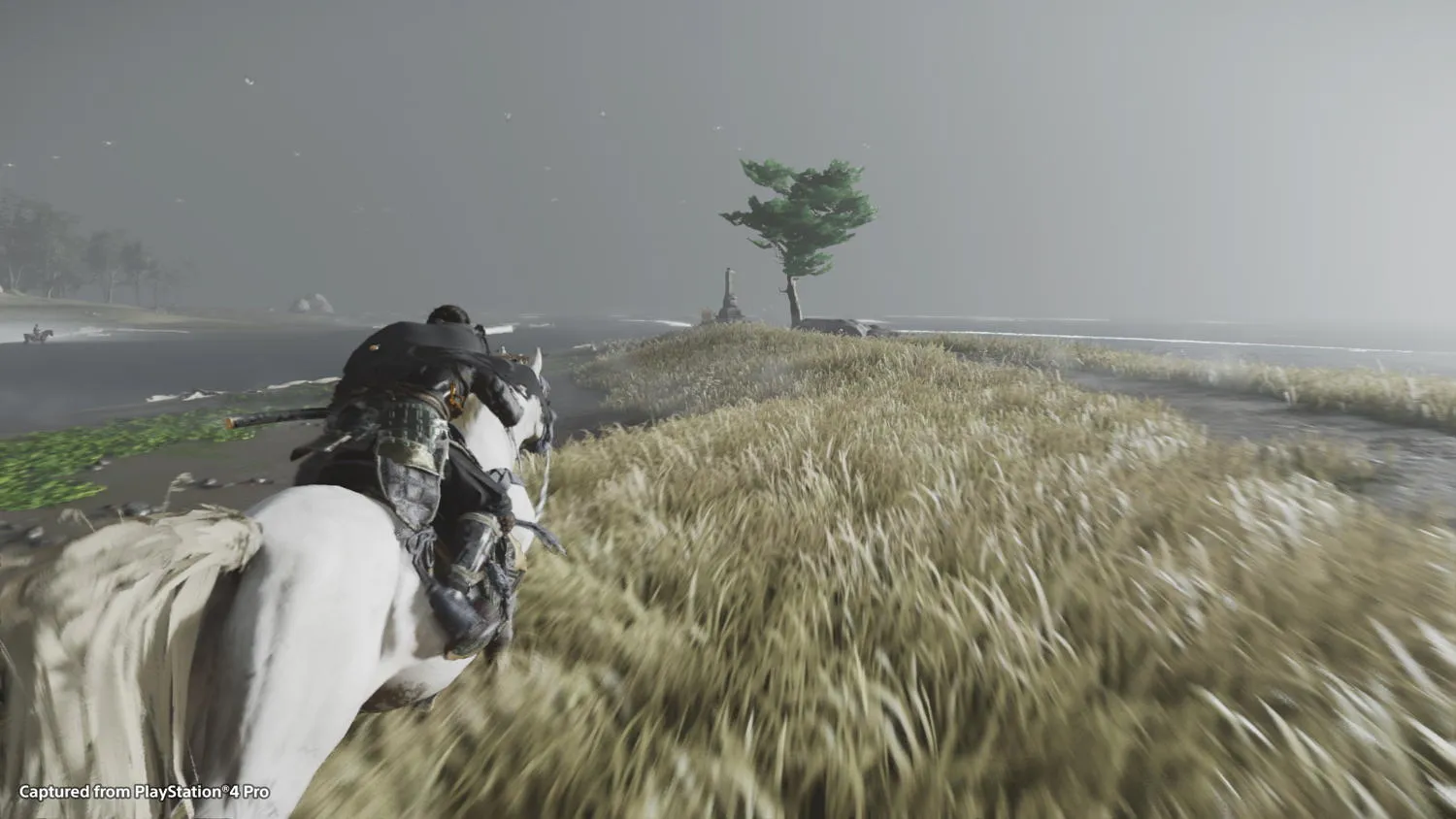


Explore your favorite games in premium print format, delivered to your door.